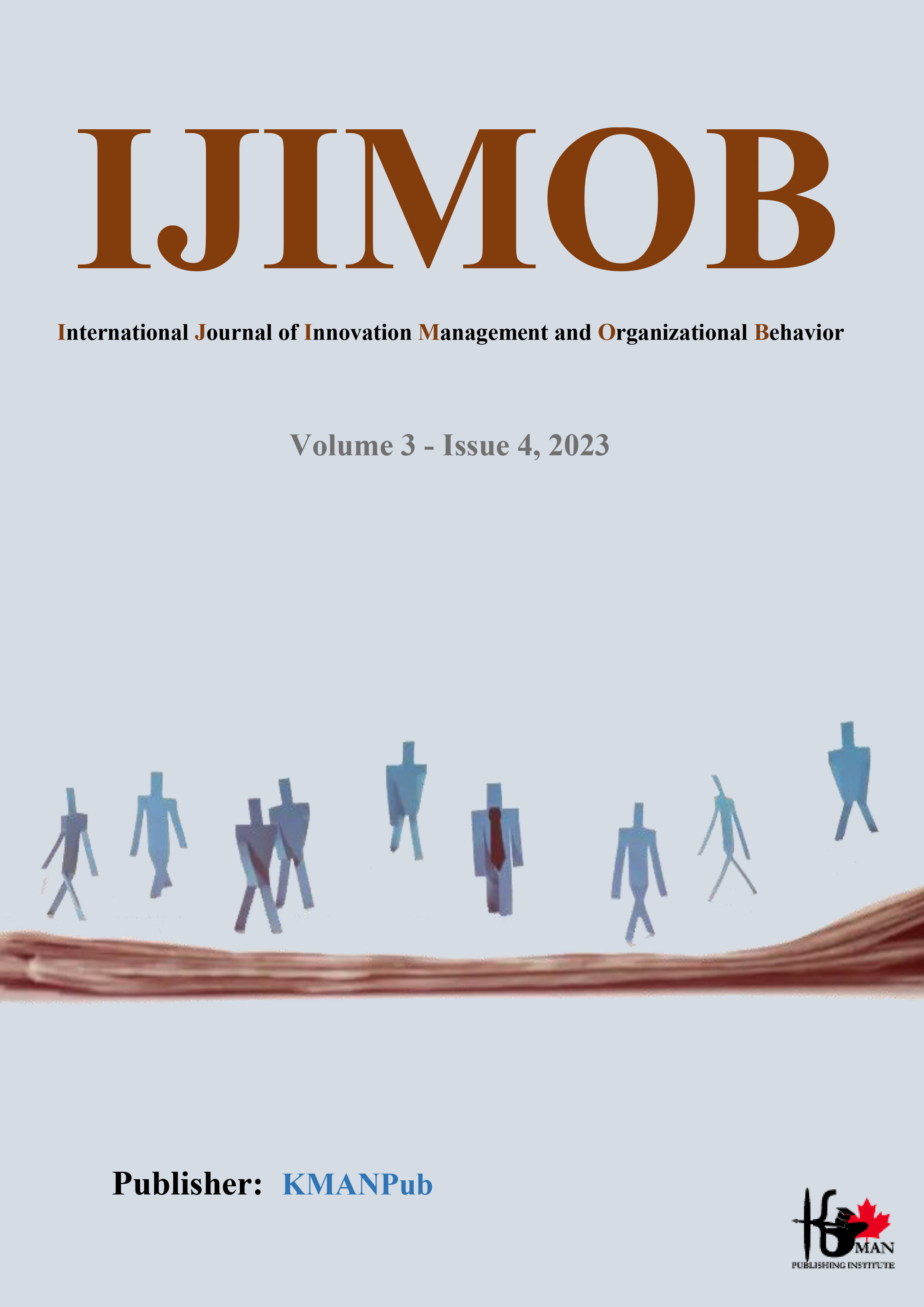Presenting a Model for Understanding the Dark Aspects of Organizational Myth Phenomenon at Yazd University of Medical Sciences
Abstract
Objective: The goal of this research is to present a model for understanding the dark aspects of the organizational myth phenomenon.
Methodology: In terms of purpose, the research is applied and developmental, descriptive-exploratory in terms of implementation method, and qualitative regarding data type. The sample consisted of 20 scientific experts and knowledgeable individuals in the field of management at Yazd University of Medical Sciences, selected through purposive sampling. Data collection was conducted through interviews. Interviews continued until theoretical saturation was achieved, which occurred after 15 interviews. Data were analyzed using the Grounded Theory approach in three stages: open coding, axial coding, and selective coding.
Findings: A total of 114 concepts from the open codes of the interviews were categorized into 21 sub-categories and 7 main categories, which were organized into a paradigm model consisting of six main classes: causal conditions (organizational causes and individual causes), context (internal organizational environment and external environment), intervening conditions (characteristics of employees and managers), central phenomenon (dark aspects of organizational myths), strategies (individual development strategies and organizational-level strategies), and consequences (individual, organizational, and social outcomes). The resulting model deeply and richly describes the understanding of the dark aspects of organizational myths at Yazd University of Medical Sciences.
Conclusion: Recognizing the influential factors, strategies, and outcomes of understanding the dark aspects of the organizational myth phenomenon at Yazd University of Medical Sciences using the proposed model can assist policymakers, planners, and healthcare sector executives in managing this phenomenon.
Downloads
Downloads
Additional Files
Published
Submitted
Revised
Accepted
Issue
Section
License
Copyright (c) 2023 Ali Sheyda (Author); Saeid Saeida Ardekani (Corresponding Author); Mehdi Sabokro (Author)

This work is licensed under a Creative Commons Attribution-NonCommercial 4.0 International License.
















